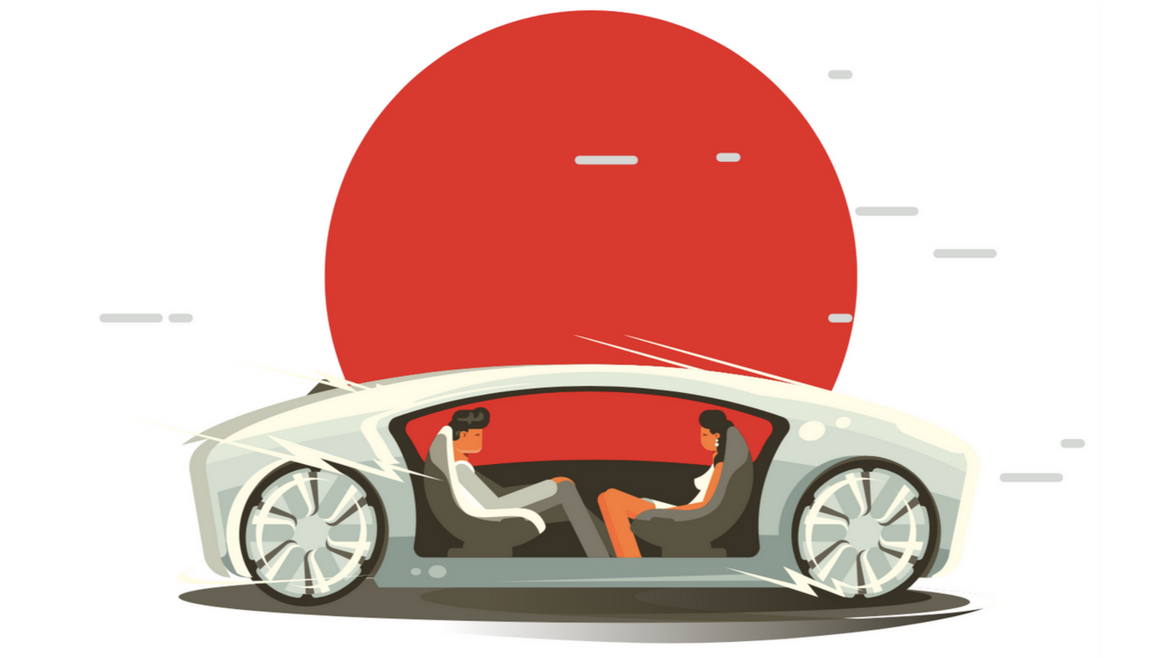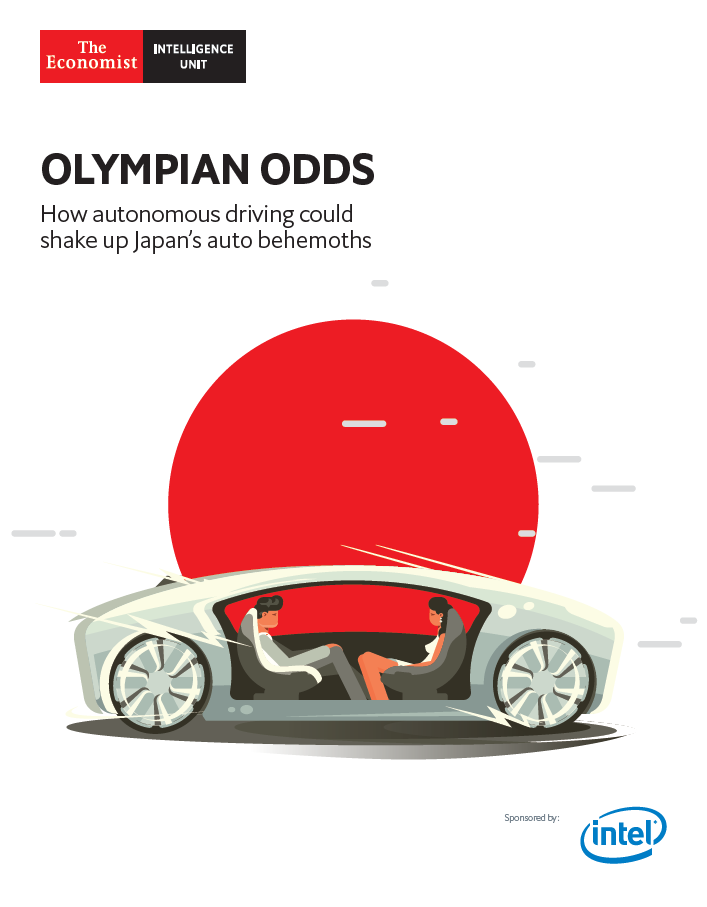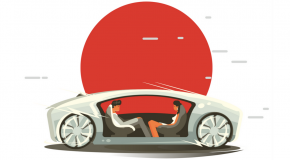Japan’s government and major carmakers have set the Olympics as an unfficial deadline for launching a new generation of autonomous vehicles (AVs). The hope is that Japan can repeat its triumph at the 1964 Olympics, when the first high-speed shinkansen (bullet train) was unveiled, cementing the country’s reputation as a transport pioneer.
Yet some global competitors have announced much bolder schedules for launching full AVs. Some could hit the streets of major cities in the next few years, and Boston Consulting Group forecasts that by 2035 a quarter of global vehicles sold will be able to drive themselves.
Japan’s carmakers may need to hurry if they want to secure a place at the podium. Keeping up with the pack is crucial both at home and abroad.






